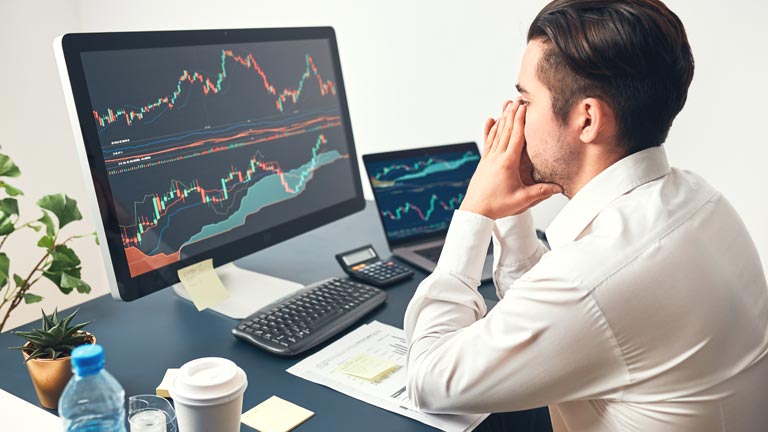
In the exciting world of commodities trading, there are various tools and strategies that traders employ to maximize their gains and manage risks. Two popular instruments used for this purpose are options and futures contracts. These financial derivatives offer unique opportunities to investors, allowing them to leverage their positions and capitalize on price movements. Read on as we dive into the world of options and futures and explore how they can be leveraged effectively in commodities trading.
Understanding Options Trading
Options provide traders with the right to buy or sell a specific commodity at a price predetermined within a specific time period. These contracts offer flexibility and can be used in several ways, depending on market conditions and the trader’s objectives.
Hedging risk
Options can act as a form of insurance, enabling traders to hedge against potential price fluctuations. For example, a farmer who grows corn can buy put options to protect against a decrease in corn prices. If the price drops, the farmer can exercise the option to sell at the predetermined price and mitigate losses.
Speculative trading
Options also offer ample opportunities for speculative trading. Traders can take advantage of anticipated price movements by buying call options, where prices are expected to rise or put options, where price decreases are anticipated. By leveraging these options, traders can potentially generate significant profits if their predictions are correct.
Understanding Futures Trading
Futures contracts are agreements to sell and buy a specific commodity at a predetermined date and price in the future. Unlike options, futures contracts obligate both parties to fulfill the terms of the agreement. Futures trading has its own advantages and strategies. You can learn more with cordier options selling.
Price discovery and market liquidity
One of the key benefits of futures trading is its role in price discovery. As futures contracts are actively traded on exchanges, they provide a transparent platform for determining the market’s consensus on future commodity prices. The liquidity of futures markets means that traders can enter and exit positions easily.
Leverage and margin
Futures trading allows traders to control a larger amount of a commodity with a relatively small upfront investment, known as margin. This leverage amplifies potential gains but also increases the risk of losses. It’s crucial for traders to manage their margin requirements and use appropriate risk management techniques.
Leveraging Options and Futures in Commodities Trading
Now you have a basic understanding of options and futures trading, let’s explore how these instruments can be leveraged effectively in commodities trading.
Combining options and futures
Traders can combine options and futures to create various trading strategies. For example, a trader can buy futures contracts as a directional bet on the price movement of a commodity while simultaneously purchasing options to hedge against potential downside risk.
Spreads and strategies
Options and futures can also be used to construct spreads, which involve the simultaneous buying and selling of multiple contracts. Popular spreads include bull spreads, bear spreads, and calendar spreads. These strategies allow traders to profit from relative price movements or changes in the shape of the futures curve.
With a comprehensive understanding of these instruments, traders can leverage options and futures effectively to navigate the exciting world of commodities trading.




